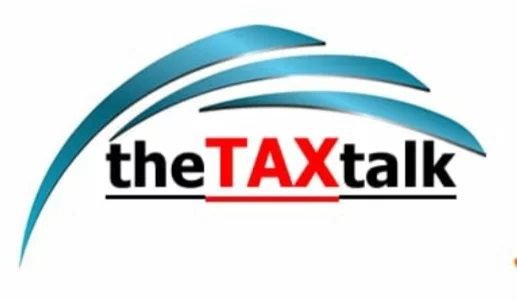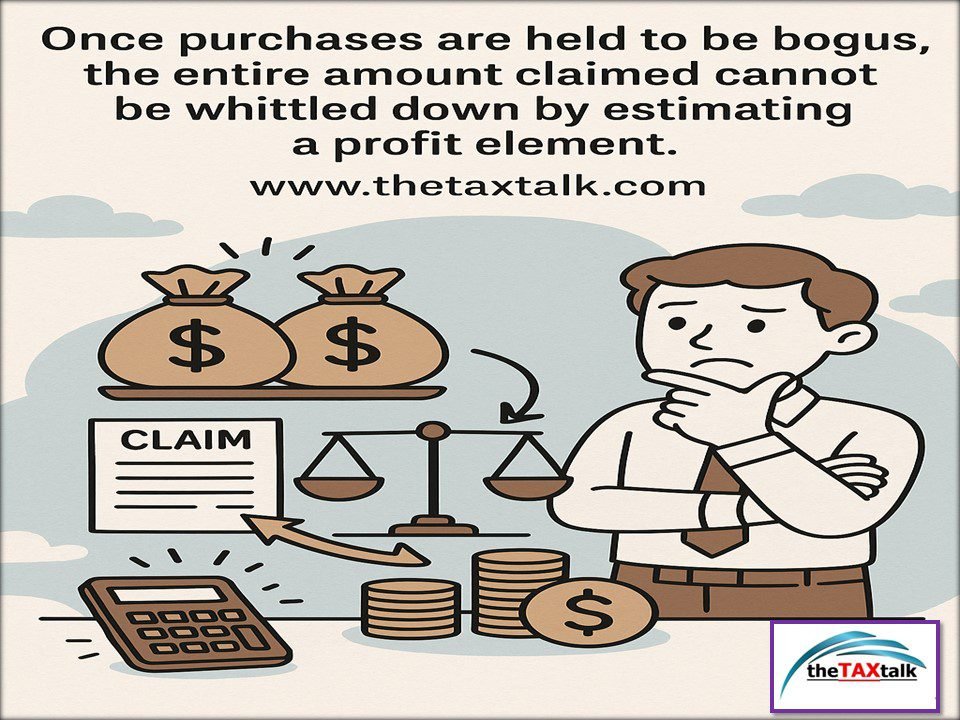![]()
Once purchases are held to be bogus, the entire amount claimed cannot be whittled down by estimating a profit element
On Bogus purchases / unexplained expenditure under Section 69C of the Income Tax Act, Bombay HC in Kanak Impex has held that once purchases are held to be bogus, the entire amount claimed cannot be whittled down by estimating a profit element.
Let analyse it:
Introduction
In a significant pronouncement, the Bombay High Court in PCIT vs. Kanak Impex (India) Ltd. has reaffirmed the strict position that once purchases are held to be bogus, the entire amount claimed cannot be whittled down by estimating a profit element. The decision strengthens the revenue’s hand in reassessment proceedings and places heavy burden on assessees to substantiate claimed purchases.
Facts of the Case
• The assessee, Kanak Impex (India) Ltd., was engaged in trading of iron and steel.
• In its original return, the assessee had declared modest income and the assessment was completed under section 143(3).
• Subsequently, the case was reopened under section 147/148 based on information from the Sales Tax Department / DGIT (Inv.), alleging bogus purchases amounting to ₹ 20,06,80,150.
• Notices under section 148 were issued by email and via affixture (since postal notices remained unserved).
• The assessee did not respond or appear in proceedings, and the AO proceeded ex parte under section 144 r.w.s. 147, adding the full amount as unexplained expenditure / bogus purchases under section 69C.
• The CIT(A) upheld reopening and the addition, but instead of full disallowance, applied a 12.5% “profit element” estimate, relying on precedent (e.g. CIT v. Simit P. Sheth).
• The ITAT, on appeal, further moderated the addition by directing alignment of the GP rate of disputed purchases with genuine ones.
• The Revenue appealed to the High Court.
Issues before the High Court
1. Whether the assessee had discharged the onus to substantiate the claimed purchases.
2. Whether addition can be limited to a profit element (e.g. 12.5%) when purchases are held bogus.
3. Validity of ex parte proceedings and non-appearance of the assessee.
Judgment & Key Conclusions
The High Court, per Justice M. S. Sonak & Justice Jitendra Jain, allowed the Revenue’s appeal, restored the AO’s full addition, and set aside the orders of CIT(A) and ITAT. Key points:
1. Onus on Assessee to Prove Genuineness
The Court emphasized that the primary burden lies on the assessee to establish the bona fides of purchases in re-assessment proceedings. Merely listing sundry creditors or debtors in earlier assessments does not satisfy that burden in a reopened case.
2. Cheque Payment Not Conclusive
The Court rejected the notion that payment by account-payee cheques alone validates a transaction. Such mechanistic payments cannot substitute the requirement of tangible documentary or independent corroborative evidence.
3. No “Profit Element” Exception Where Purchases Held Bogus
Once a purchase is conclusively held bogus (i.e. non-genuine, fabricated, or non-substantiated), judicial or assessing authorities cannot selectively allow an embedded “profit” portion. The statute (section 69C) caters to unexplained expenditure in full, not in part, once the factual predicate of bogus nature is established. The Court held that the line of allowing only a portion via “profit estimation” is inappropriate in such cases.
4. Non-Cooperation and Ex Parte Proceedings
The assessee’s failure to participate in proceedings, non-appearance despite notices via multiple modes (post, email, affixture), and lack of explanation were considered fatal. The Court held that the assessee could not later claim lack of opportunity as a shield.
5. Statutory Basis & Precedents
The Court upheld that section 69C is squarely attracted to unexplained expenditure / bogus purchases. It relied on earlier High Court decisions (e.g. Shoreline Hotel, N.K. Industries) to support full disallowance.
Accordingly, the Court restored the full addition of ₹ 20,06,80,150.
Implications & Analysis
This judgment has several important implications:
• Judicial Hardening of Stance: The decision signals a stricter judicial trend against accommodation entries and fake purchase claims. It undermines the scope for partial relief in blatant non-genuine purchase cases.
• Caution to Assessing Officers & Appellate Authorities: The ruling warns CIT(A)s and ITATs against the facile use of profit estimation in cases where factual finding is of total non-genuineness.
• Heightened Documentation Needs: Assesses must maintain a robust audit trail – supplier confirmations, transport records, delivery challans, stock movement, ledger tie-ups, independent verification.
• Strategic Risk for Non-Participation: Non-cooperation or absence in proceedings can lead to complete adverse consequences, without recourse to “mercy” allowances at appellate stage.
Suggested Template for Practitioners
When faced with claims of bogus purchases:
1. Proactively furnish complete documentary and corroborative evidence at the earliest stage (inquiries, notices).
2. Secure and present independent supplier confirmations, cross-examination opportunities, transport / logistics documents.
3. Resist attempts by the Department to fast-track ex parte proceedings; ensure procedural safeguards exploited.
4. If partial addition is proposed at appellate stage, argue distinction if evidence of genuineness exists – but not when factual foundation is absent.
5. In drafting grounds of appeal, emphasize on burden shift, factual lacunae in AO’s presumption, and precedent from Kanak Impex judgment.
Conclusion
The Kanak Impex judgment by Bombay High Court marks a noteworthy shift – once bona fides of purchases are disbelieved, no slice of “profit” may be carved out in favour of the assessee under section 69C. The case reinforces that in the realm of bogus purchases, the revenue’s power to make full additions finds strong judicial backing.
The copy of the order is as under:


